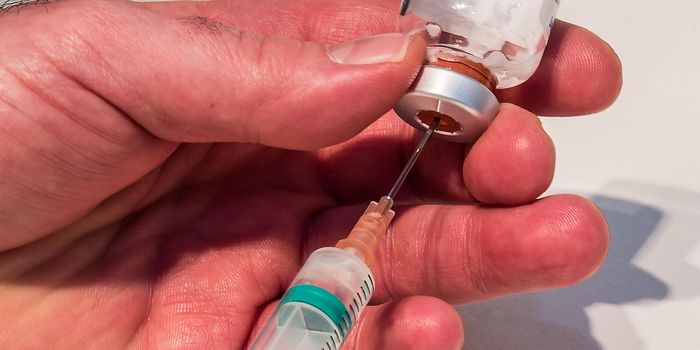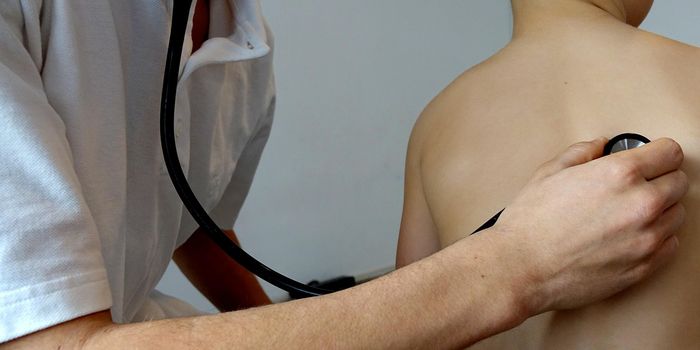
The news is frightening, whether you live in or travel to places where you might be likely to be exposed to it or whether you just get nervous at the idea that an epidemic can spread so quickly. After all, the world is a lot smaller, people can unwittingly be carriers of the disease and it could transcend six degrees of separation and be in a neighborhood near you. Or could it?
According to the October 24 issue of The Lancet Infectious Diseases.,a team of seven scientists from Yale's Schools of Public Health and Medicine and the Ministry of Health and Social Welfare in Liberia developed a mathematical transmission model of the viral disease and applied it to Liberia's most populous county, Montserrado, an area already hard hit. The researchers determined that tens of thousands of new Ebola cases -- and deaths -- are likely by December 15 if the epidemic continues on its present course."
"Our predictions highlight the rapidly closing window of opportunity for controlling the outbreak and averting a catastrophic toll of new Ebola cases and deaths in the coming months," said Alison Galvani, professor of epidemiology at the School of Public Health and the paper's senior author. "Although we might still be within the midst of what will ultimately be viewed as the early phase of the current outbreak, the possibility of averting calamitous repercussions from an initially delayed and insufficient response is quickly eroding."
The model developed by Galvani and colleagues projects as many as 170,996 total reported and unreported cases of the disease, representing 12 percent of the overall population of some 1.38 million people, and 90,122 deaths in Montserrado alone by December 15. Of these, the authors estimate 42,669 cases and 27,175 deaths will have been reported by that time.
The authors say that much of this suffering -- some 97,940 cases of the disease -- could be avoided if the international community steps up control measures immediately, starting October 31. Such action would require "additional Ebola treatment center beds, a fivefold increase in the speed with which cases are detected and allocation of protective kits to households of patients awaiting treatment center admission." The study predicts that, at best, just over half as many cases (53,957) can be avoided if the interventions are delayed until November 15. If these measures had been in place by October 15, the model calculates that 137,432 cases in Montserrado could have been avoided.
According to the article, there have been approximately 9,000 reported cases and 4,500 deaths from the disease in Liberia, Sierra Leone, and Guinea since the latest outbreak began with a case in a toddler in rural Guinea in December 2013. For the first time cases have been confirmed among health-care workers treating patients in the United States and parts of Europe, the article said.
How vulnerable are doctors, nurses and other workers who go to Liberia or elsewhere to stop the spread of the disease? What happens when they come back? More importantly, how can we get ahead of the curve to prevent the outbreak of an epidemic or recognize it as a potential epidemic when it starts to spread? Where do we get the resources to do it? These are questions we have to ponder in countries where technology is available to prevent the spread of disease, in order to prevent epidemics everywhere.
 The news is frightening, whether you live in or travel to places where you might be likely to be exposed to it or whether you just get nervous at the idea that an epidemic can spread so quickly. After all, the world is a lot smaller, people can unwittingly be carriers of the disease and it could transcend six degrees of separation and be in a neighborhood near you. Or could it?
The news is frightening, whether you live in or travel to places where you might be likely to be exposed to it or whether you just get nervous at the idea that an epidemic can spread so quickly. After all, the world is a lot smaller, people can unwittingly be carriers of the disease and it could transcend six degrees of separation and be in a neighborhood near you. Or could it?







